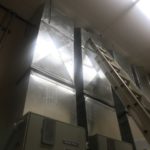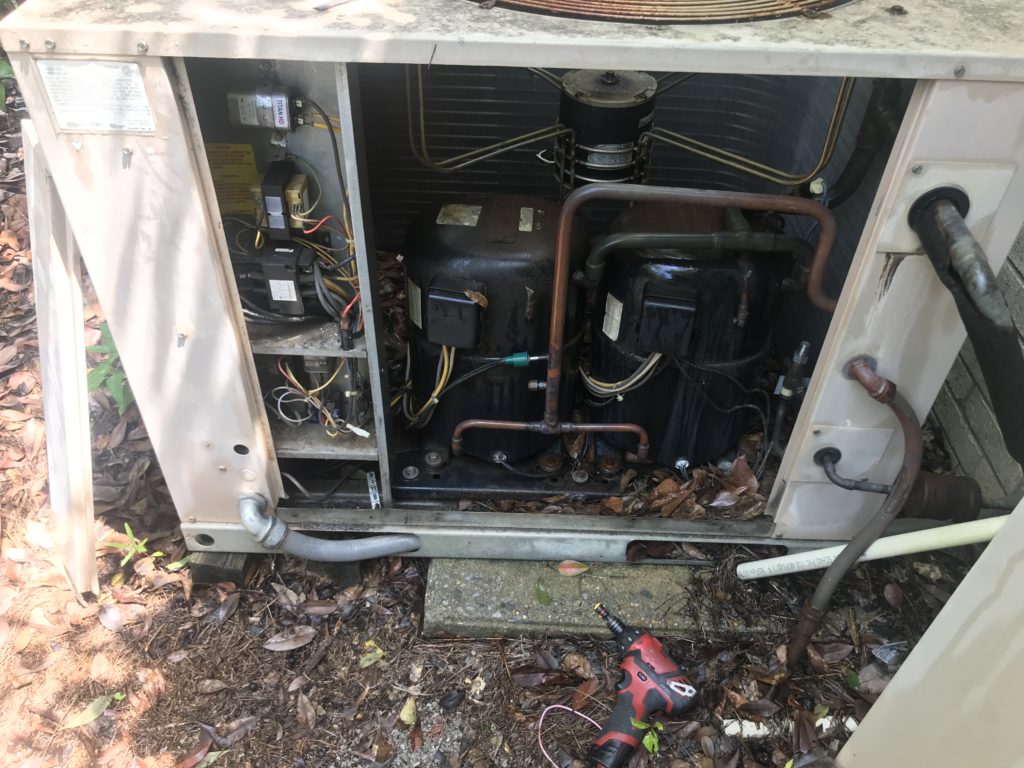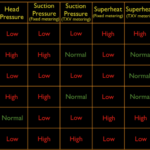You may read or hear references to “latent” heat or “sensible” heat. For the record, there is only one kind of “heat”, and it is simply heat which is a form of energy. All the stuff in our environment contains some amount of heat. Sometimes we can quantify it in terms of degrees temperature, sometimes not.
Generally speaking, the latent and sensible terms describe the results of heat gains or losses. If heat is added to a pot of tap water on the cooktop, it will initially begin to increase the temperature of the water. The increase in temperature is a sensible result of increased heat content of the water; it can be measured with a thermometer.
Once the temperature of the water reaches it’s boiling point temperature, the continued addition of heat results in the phase change from liquid to vapor. The temperature of the water will not increase at that point. All the heat energy is consumed as latent heat of vaporization. For a given liquid, there is a specific value of heat required for the phase change.
Usually in HVAC conversation, “latent” and “sensible” refer to the air conditioning “load”. There is most always a certain amount of moisture (water vapor) in the return air passing through the evaporator coil that will have some dew point temperature, which is most always higher than the evaporator temperature. As the water vapor passes through the coil, it gives up heat to the colder evaporator surfaces, decreasing in temperature. But once it reaches the dew point, any additional loss of heat results in condensation; the phase change from vapor to liquid. It gives up the “heat of vaporization” without a further drop in temperature.
Bottom line, “high latent loads” reduce the overall ∆T through the evaporator and “sensible” heat removal.


